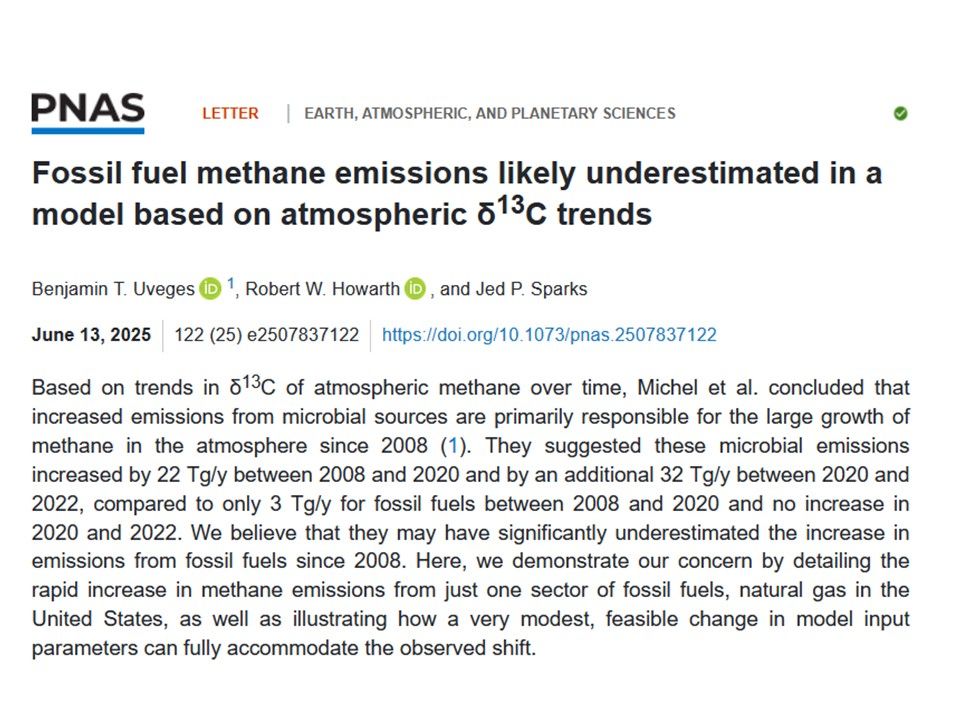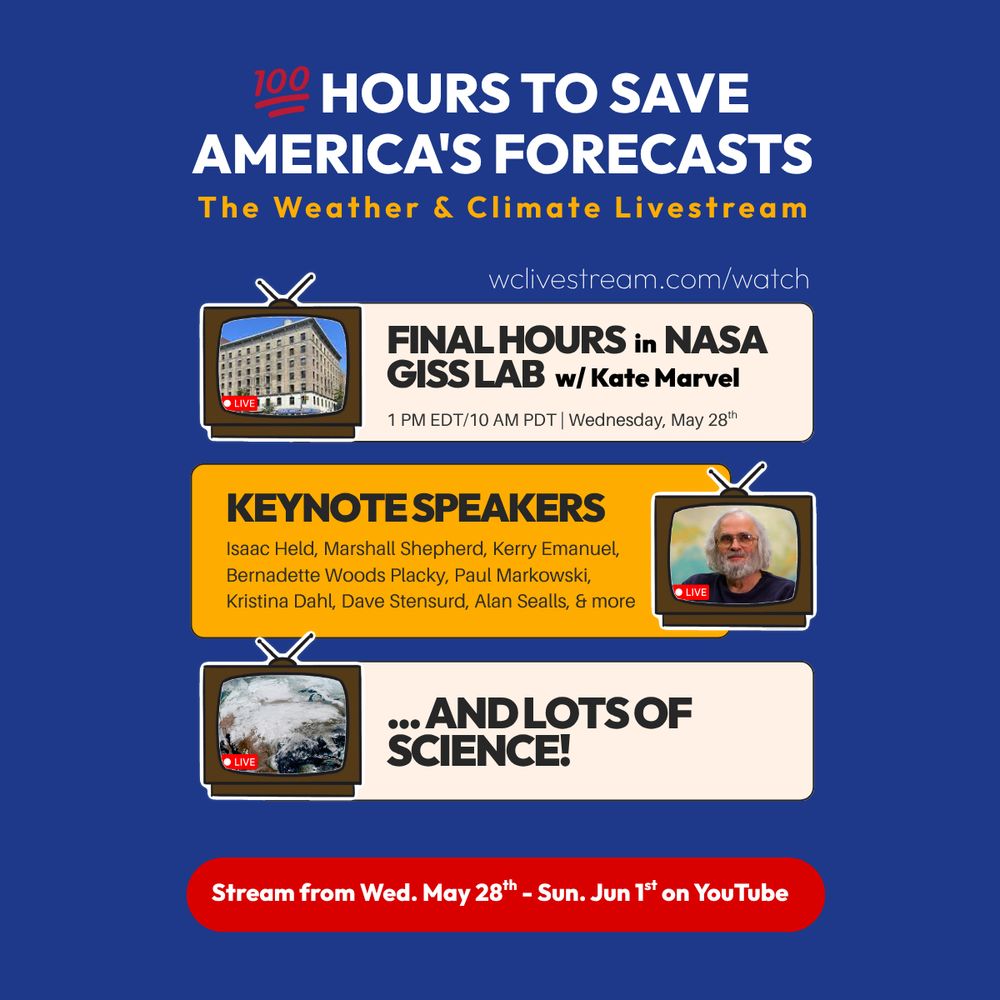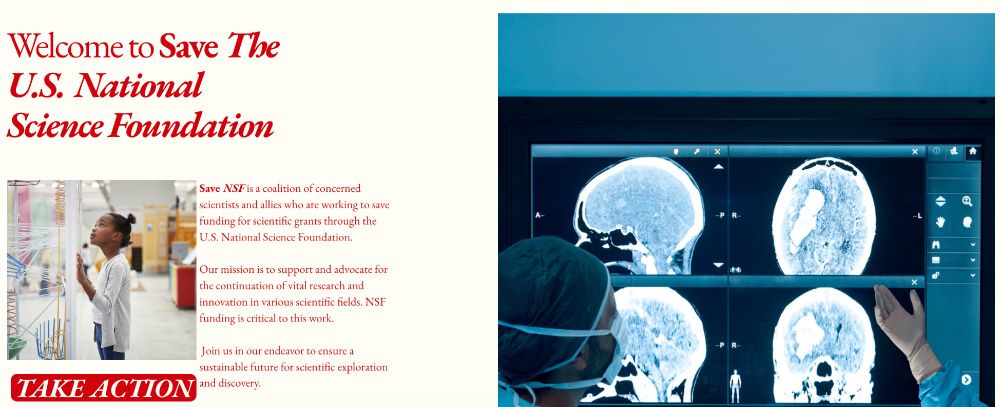Ben Uveges
@benuveges.bsky.social
90 followers
92 following
33 posts
Stable isotope geochemist currently masquerading as an ecologist at CornellEEB.
Website: https://www.benjamin-uveges.com/
Posts
Media
Videos
Starter Packs
Reposted by Ben Uveges
Reposted by Ben Uveges
Ben Uveges
@benuveges.bsky.social
· Jun 23
Ben Uveges
@benuveges.bsky.social
· Jun 23
Ben Uveges
@benuveges.bsky.social
· Jun 14
Ben Uveges
@benuveges.bsky.social
· May 29

Rock Record Illuminates Oxygen History
A team of researchers from Syracuse University and MIT uncovered evidence that oxygenation in the ocean—crucial for life as we know it—may have occurred earlier than previously thought, offering new i...
artsandsciences.syracuse.edu
Reposted by Ben Uveges
Ben Uveges
@benuveges.bsky.social
· May 19
3 Questions: Demystifying Earth’s Ancient Nitrogen Cycle
Today, oxygen is essential for much of life on Earth and is involved in many biological processes, including cellular respiration. But early Earth lacked an oxygen-rich surface until the Great […]
eaps.mit.edu
Ben Uveges
@benuveges.bsky.social
· May 15

Unprecedented cuts to the National Science Foundation endanger research that improves economic growth, national security and your life
The Trump administration has terminated hundreds of federal grants that support engineering, biology, geology, computer science, STEM education and much more.
theconversation.com
Ben Uveges
@benuveges.bsky.social
· May 12
Ben Uveges
@benuveges.bsky.social
· May 12
Ben Uveges
@benuveges.bsky.social
· May 12
Ben Uveges
@benuveges.bsky.social
· May 12
Ben Uveges
@benuveges.bsky.social
· May 12
Reposted by Ben Uveges












